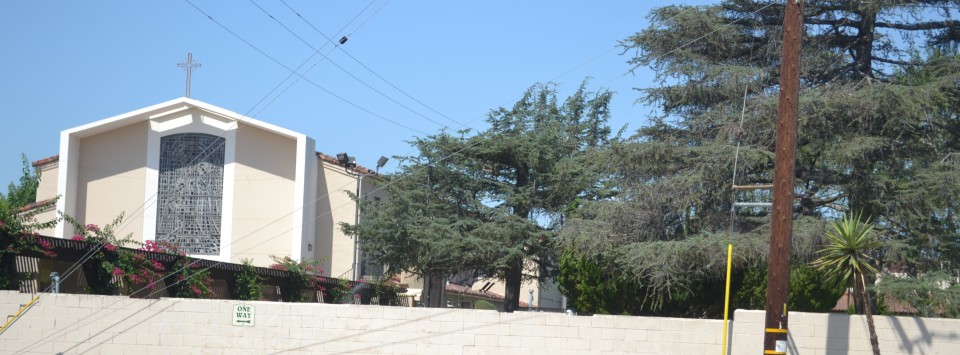Monday, June 25, 2018. Here is a terrific list of etymological verbal diggings. Arika Okrent was mentioned as a resource for some of the meanings found in the list.
Saturday, July 28, 2012
Etymology is a useful and interesting way to learn a new language, like Spanish. Follow this:
1. Cabeza is the Spanish word for head. Cabbage and Cabeza are both connected with Latin word caput, which means “head.”
2. Cuello is the Spanish word for the neck. It is related to the English word collar; both words come from the Latin word collum, meaning “neck.”
3. Pecho is the Spanish word for chest or bosom. Pectoral is the English word that refers to the chest muscles. Both words “pecho” and “pectoral” come from the Latin word pectus.
4. Ojo is the Spanish word for eye. The English word ocular refers to the properties of the eye. Both words come from the Latin word oculus.
Some connections with English aren’t so obvious. For example, the Spanish word cadera, meaning “hip,” comes from the Greek word kathedra, which referred to a chair or bench. The Greek word obviously is the source of “cathedral”/catedral — a place to sit, while in Spanish it also morphed into the word used to refer to the part of the skeleton used for sitting. And the Spanish word for hair, pelo, is related to the English word pile that describes a type of carpet.
Friday, July 27, 2012.
The Latin root of the English word “Communication” is munus. Read further to learn what it means.
Communication is a word with a rich history. From the Latincommunicare, meaning to impart, share, or make common, it entered the English language in the fourteenth and fifteenth centuries. The key root is mun- (not uni-), related to such words as munificent and community. The Latin munus has to do with gifts or duties offered publicly–including gladiatorial shows, tributes, and rites to honor the dead. In Latin, communicatio did not signify the general arts of human connection via symbols, nor did it suggest the hope for some kind of mutual recognition. Its sense was not in the least mentalistic: communicatio generally involved tangibles.”
Words within words. This was fun. Posted on March 9, 2018.
This one was good too. It shows the history of modern words. These are always fun.

